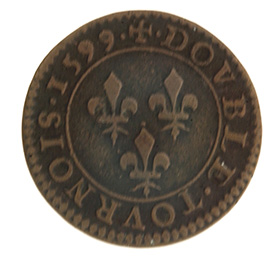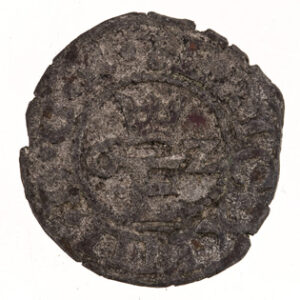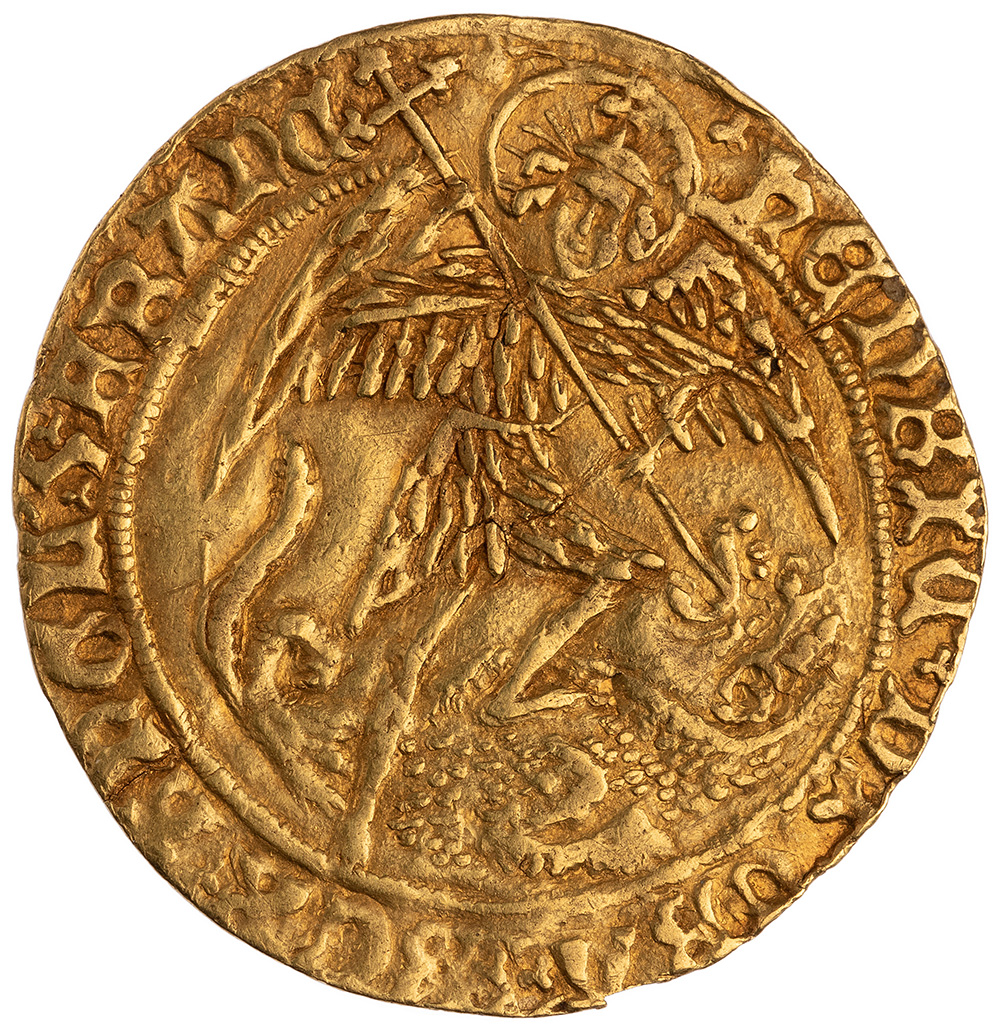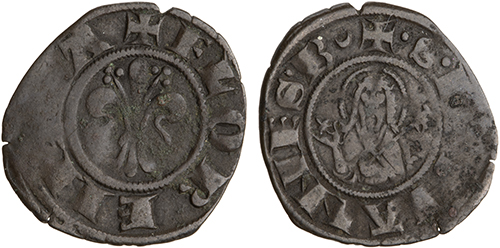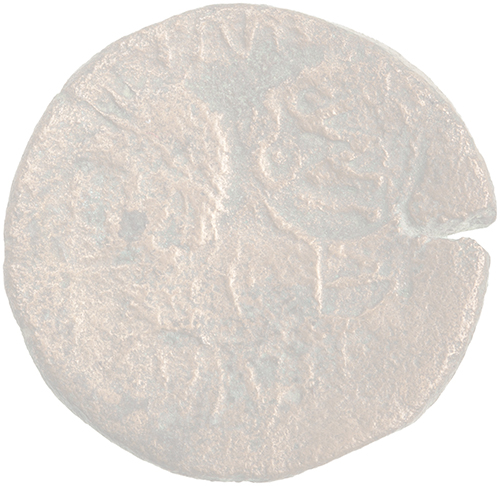Pick a Number, Any Number
Think of the many French kings named Louis, the many Byzantine emperors named Constantine, and so on—where personal names are commonly repeated, it would be difficult to keep track of the rulers without the use of regnal numbers. Remembering which one was Louis XII and which one was Louis XIII is not always easy, but it would be worse without those ordinal numbers to assist memory.
Nevertheless, people have often managed without this assistance. In the ancient world, the many kings named Ptolemy or Antiochus were differentiated by the epithets they chose (or the nicknames that were given to them). The regnal numbers that we use for them now are a modern creation, reflecting the consensus view of historians as to how to count them. In Europe, regnal numbers seem to have begun to be used in the 1100s, although their use was patchy and inconsistent for centuries. Clearly a need was felt in medieval Europe for this method of distinguishing rulers of the same name. However, the actual usage of regnal numbers in medieval and early modern Europe presents many complications, so that the regnal numbers sometimes cause confusion more than they reduce it.
In some cultural traditions, sovereignty is inherent in the community. In other cultural traditions, sovereignty is inherent in the person of the ruler. Medieval and early modern Europe was unusual in that it followed both of these systems at the same time, with all the potential for contradictions and conflicts this entails. Rulers generally claimed to hold power “by grace of God” and by inheritance, but they were also considered to hold power by a sort of social contract with the people they ruled, in which the ruler was obliged to uphold the traditional laws and customs of governance. These laws and customs were specific to each political body, so a person who ruled several different political units not only held several different titles but may well have had to swear different oaths to different assemblies to uphold different sets of laws. And this continued political and legal identity of separate communities, even if they shared the same ruler, meant that one ruler might have more than one regnal number.
For an example of how this worked, consider Henri de Bourbon, known today as King Henry IV of France. In the official numbering of kings of France, he is the fourth one named Henry. Simple, right? However, before he became king of France, he was already king of Navarre, a small state in the Pyrenees. And in Navarre, he was only the third King Henry. Moreover, along with Navarre he had also inherited the lordship of Béarn, where he was only the second Lord Henry. Thus, coins of this one individual, depending on where and when they were minted, may refer to him as Henry II, Henry III, or Henry IV.

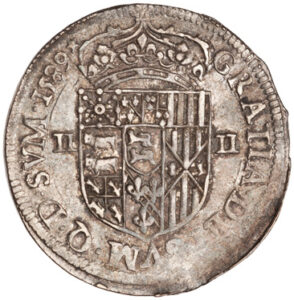
Fig. 2: Quarter écu of Henry III of Navarre, 1589. ANS 2015.30.1071.
Fig. 3: Double tournois of Henry IV of France, 1599. ANS 1928.59.8.
And it can get more complicated than that. Even for France, the numbering depends on whom you count. Inheritance disputes (and election disputes, for elected rulers such as Popes and Holy Roman Emperors) can complicate the counting. Kings Henry IV and Henry V of England claimed the French throne, and Henry VI of England was actually crowned as King Henry II of France in the cathedral of Notre-Dame de Paris when he was a child. However, because they eventually lost the Hundred Years’ War, they are not counted in the numbering of French kings, and Henri de Bourbon is considered Henry IV, not Henry V.
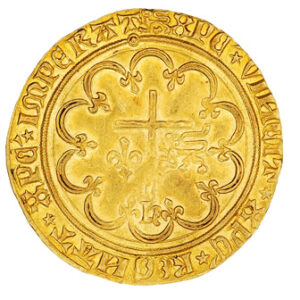
The regnal numbers that rulers choose for themselves are not always based on strictly historical arithmetic. While trying to improve internal consistency in the ANS curatorial database, I recently discovered that the same king is called both Frederick II and Frederick III of Sicily. The reason for this goes back to his great-grandfather, the previous Frederick, who was King Frederick I of Sicily but also the Holy Roman Emperor Frederick II. He was best remembered by the latter, more prestigious title, so when his great-grandson Frederick of Aragon became king of Sicily, he chose to call himself Fridericus Tertius (Frederick III), even though he was only the second king of Sicily named Frederick. Should historians correct what they might consider to be an error, or should they use the designation that Frederick himself used in his documents and on his coinage?
This problem is even more acute with the kings of Sweden. In the Middle Ages, Swedish kings were distinguished by nicknames or patronyms; the use of regnal numbers there only began in the fifteenth century. When Gustav Vasa’s son Eric became king in 1560, a then-recent historical work was consulted to determine his regnal number: the Historia de Omnibus Gothorum Sueonumque Regibus, a book that filled the unseemly gap between the Biblical past and recorded medieval history by inventing a considerable number of kings. Based on the number of previous Erics in that book, Eric called himself Eric XIV. For modern historians, Eric XIV was perhaps the ninth or tenth king of Sweden named Eric, but much of the official numeration of Swedish kings from 1560 to the present would have to be revised to reflect modern skepticism of these invented kings, so the semi-fictitious numbering has prevailed.

Thus, even an apparently simple matter such as numbering rulers in order turns out, on closer inspection to be filled with complications. The coins of late medieval and early modern Europe offer many opportunities for confusion in this regard.


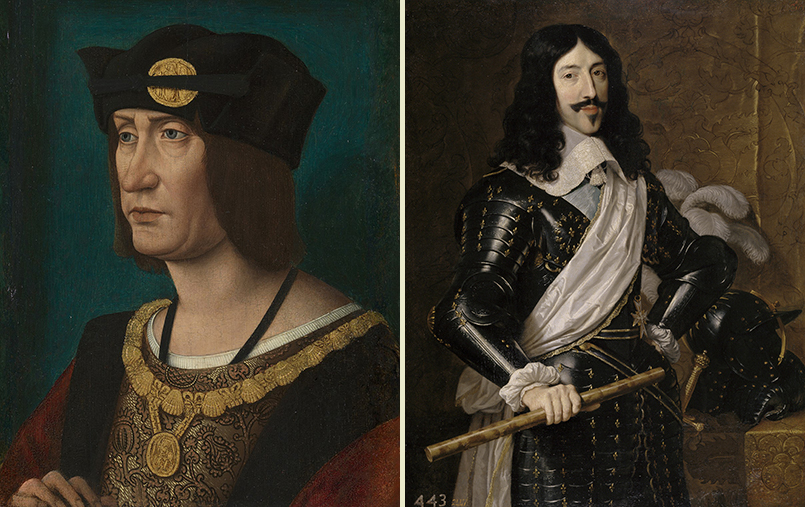
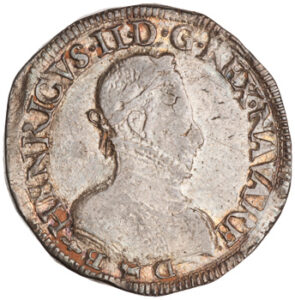
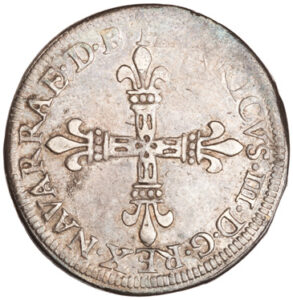
![©American Numismatic Society [#Beginning of Shooting Data Section] Nikon D1X 2007/08/20 12:09:23.3 JPEG (8-bit) Fine Image Size: Medium (2000 x 1312) Color Lens: 105mm F/2.8 Focal Length: 105mm Exposure Mode: Manual Metering Mode: Multi-Pattern 1/10 sec - F/16 Exposure Comp.: 0 EV Sensitivity: ISO 125 Optimize Image: White Balance: Preset 1 AF Mode: Manual Flash Sync Mode: Flash Mode: Auto Flash Comp: Color Mode: Mode II (Adobe RGB) Tone Comp.: More Contrast Hue Adjustment: 0° Saturation: Sharpening: Normal Image Comment: Long Exposure NR: [#End of Shooting Data Section]](https://numismatics.org/wp-content/uploads/sites/3/Regnal-3a.jpg)
